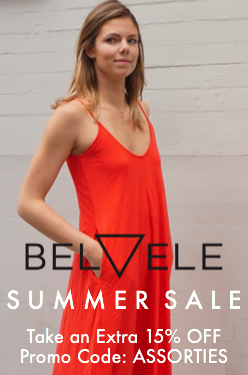INTRODUCING: FERNANDO ECHEVERRIA
Fernando Echeverria Ruiz decided to rescue a long tradition in leather craftsmanship, brought to South America from the Spanish Jewish escaping from the Inquisition, which was broken a generation before him, going on to study in the Academy of Arts and Design in Prague, and ultimately establishing his own namesake label in Prague in 2010. Specialized in Footwear and Accessories design, Echeverria Ruiz learned the craft of traditional handmade welted shoemaking next to experienced shoemaker Martin Lawart. Since its early launch, the company has been part of shows like DesignSupermarket and DesignBlok, while the designer’s final Master’s project was selected among the best graduation projects in Central Europe by the design review of the Vysegrad Fund in 2014. Read on as Echeverria Ruiz discusses reviving his family age-old tradition, refraining from trends, and his ultimate goal in the industry.
To what extent has the family business and heritage influenced your decision to start your own leather goods line?
I come from a family of leather crafters from the mountains of Ecuador called Cotacahi, but my parents and uncles moved to the city to study; so the tradition, the knowledge was lost to the point that my mother donated all my grandfather precious tools to a museum. I’m the only artist in the family, and as a product designer, I decided to risk and rescue maybe what was in my blood, and learn from zero. I’m sure the memory in my gens exists and helps.
You also tackled fashion design through your graduation project. What led you to ultimately choose accessories?
For me, fashion design was a new experience in my Master’s program in Prague. It was very interesting, but I think at the end my strong background as a product designer won – plus there are much better fashion designers than me.
Did you launch your brand upon graduating? Could you please explain this decision of yours?
Actually, I started making shoes before graduation, as I learned the techniques outside of the university, next to the best shoemaker in Prague. I made a couple of pairs for my friends and myself, and then I couldn’t stop.
Walk us through the process of picking the raw materials to include in your collections.
Finding the right quality materials is one of the biggest challenges in my projects. After trying different local and international distributors, and using myself and close friends as my experimental subjects – which I totally recommend for new designers – I create my final materials using Italian certified leather (nappa and krupon), including leather lining, French rubber parts, Czech shoelaces and metallic accessories. So, in my mind, there are always local European producers who provide quality and nontoxic materials.
Do you focus on equally expanding both your bags and shoes label?
To be honest, I find shoemaking much more fun and interesting, and, of course, a place where more new concepts can be developed. And, yes, the process is more difficult, which means more fun for me.
Your products are genderless, I would say. Could you please elaborate on this decision, as well as what is your main source of inspiration in order to make them equally appealing to both sexes?
I consider myself a designer who is not following any trends. In my point of view, what is beautiful doesn’t have a sex or gender. For example, a butterfly, a bird, or a simple rock doesn’t have any labels; they are only brilliant in beauty. So I offer my clients shoes to enjoy and feel unique in. Like when you see a red Cadillac on the street – you never know who drives it; it could be an old gentleman or a lady.
You have taken part in numerous exhibitions. How is this type of exposure helping you and your brand?
It is very important for a new brand to be seen. Until now, I have shown my shoes everywhere – from design weeks to local small markets. I have enjoyed small markets more, because you can see and feel real opinions, real laughs from people who walk to work every day. But today new designers have the advantage of being able to show our products everywhere in the world with low cost using the internet.
You have your own space where you work and exhibit your collections. Is turning it into a boutique in your future plans or you would rather work towards attracting stockists worldwide?
For me, the manufacturing process and handmade feel is two of the things that make my shoes special, and what makes me happy as a professional. So, my dream is to own something more than a simple boutique or showroom; an open space where the shoemaking process, tools, machines, materials will be available to everybody, and next to it a showroom space. And, in the future, I would like to offer future shoemakers a creation lab, but never lose the spirit of an atelier.
What is your ultimate goal for your label within the industry?
My ultimate goal is to be recognized as brand that has and will always have completely different shoes; just a symbol of being brave and unique.
www.ferech.com
Images © Fernando Echeverria Ruiz


